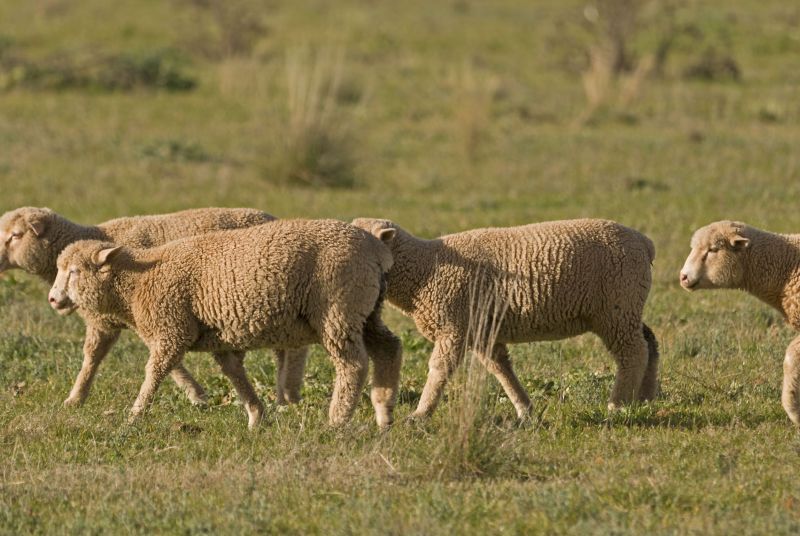
Farmers are being urged not to rely on routine autumn dosing for liver fluke, with experts warning that treating stock too early offers 'no insurance' against infection later in the season.
Liver fluke is a parasitic flatworm that damages the liver of sheep and cattle, causing poor growth, weight loss and, in severe cases, death.
The disease has become increasingly unpredictable in recent years, with wetter winters, warmer conditions and climate change driving shifts in its timing and severity.
The call comes from the Sustainable Control of Parasites in Sheep (SCOPS) and Control of Cattle Parasites Sustainably (COWS) groups, who say testing is now essential to determine if, and when, treatment is necessary.
John Graham-Brown of NADIS and the University of Liverpool explained that changing weather patterns have made fluke infection highly variable.
“For several years now, the fluke challenge has been lower and later than traditionally expected in many parts of the country.
"However, many farmers are sticking with traditional treatment windows, meaning a large proportion of treatments are being given too early.
"This leaves livestock susceptible to disease, as the challenge typically increases through the autumn and into winter. There is no ‘insurance’ element associated with a fluke treatment given too soon.”
Heather Stevenson, a vet at Scotland's Rural College (SRUC), said the shift is particularly noticeable. “Last year, it was late in the autumn before we saw significant evidence of disease, even in some of our very high-risk areas. This is a long time after many traditional treatments had been given.”
Rebecca Mearns, of the Animal and Plant Health Agency (APHA), reported similar findings: “Our data also shows the trend towards much later liver fluke infections. We even had reports of acute disease due to immature fluke parasites in sheep in late winter / early spring in 2025.
"Farmers are often surprised that they have liver fluke issues because they treated stock earlier in the autumn. The problem is that flukicides have no residual effect (or persistency), so if they put the stock back on to ‘flukey’ areas after treatment, they are just as susceptible to a later challenge as untreated stock.”
Experts agree the solution lies in testing rather than routine treatments. Philip Skuce of Moredun Research Institute said: “The key to deciding whether to treat and when, is to test.
"The first line of defence would be tests in the late summer and autumn that can detect early infection, from as little as two weeks after fluke are ingested off pasture.”
He explained that farmers can use either blood tests or the newer Lateral Flow Test (LFT), which can be carried out on-farm to detect antibodies.
Using first-season lambs or calves as “sentinels” can help identify if fluke is present in different groups or areas. Repeating tests every three to four weeks allows farmers to pinpoint the right moment to treat, cutting costs and avoiding unnecessary doses.
Skuce added that treatment choices should be guided by test results, taking into account the stage of infection and the specific kill profile of different flukicides.
Lesley Stubbings of SCOPS said the need for testing has never been greater: “The need to use testing to see if, and when, liver fluke is a threat, has never been more important.
"To help farmers and their advisers to adopt antibody testing early in the season, we have recently released a podcast on the subject, which sits alongside the other advice on the SCOPS and COWS websites.”
By moving away from “calendar treatments” and using evidence-based testing, advisers say farmers can avoid wasting money, reduce the risk of resistance, and protect stock more effectively against a disease that is increasingly shaped by changing weather and climate.
